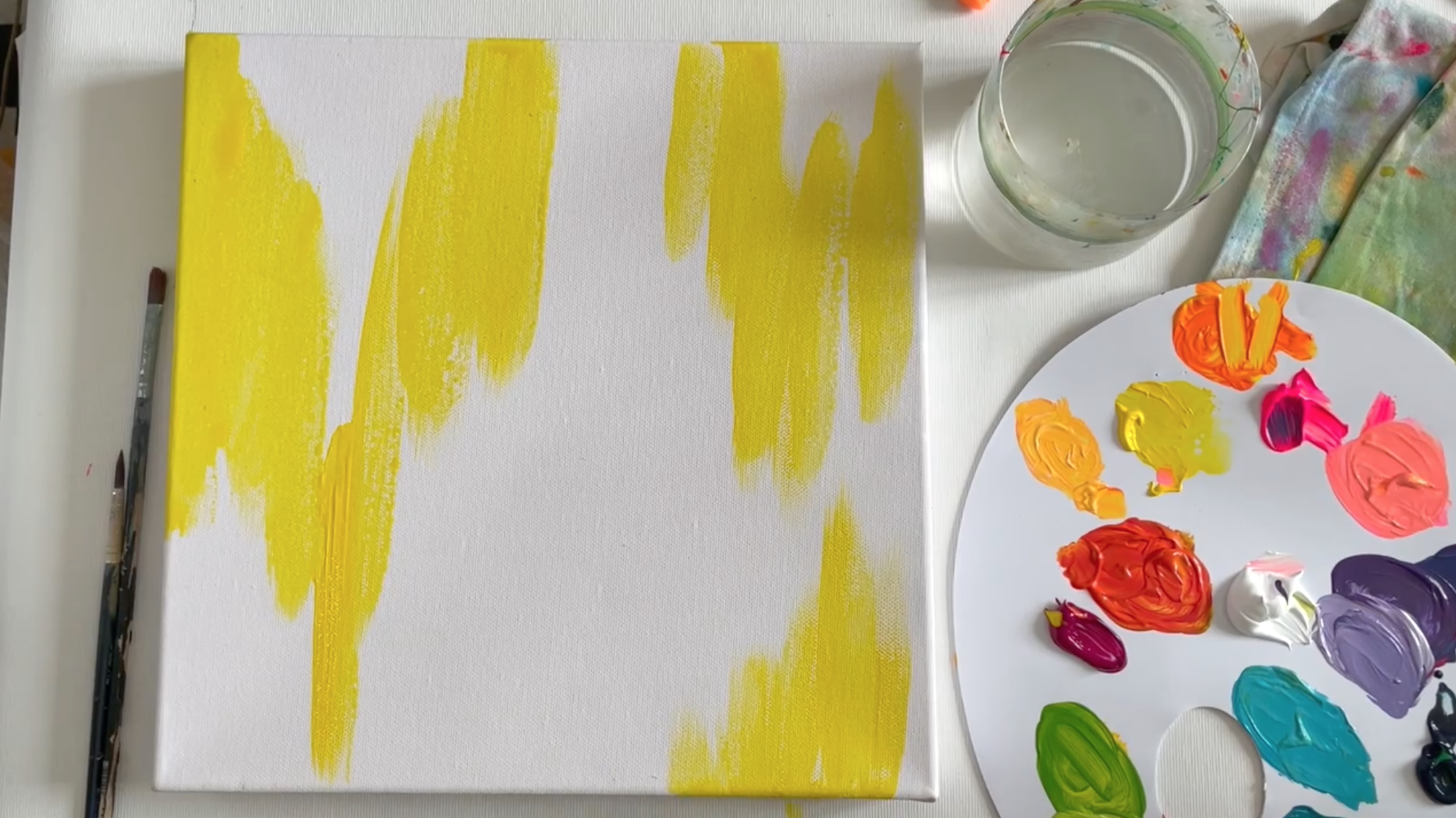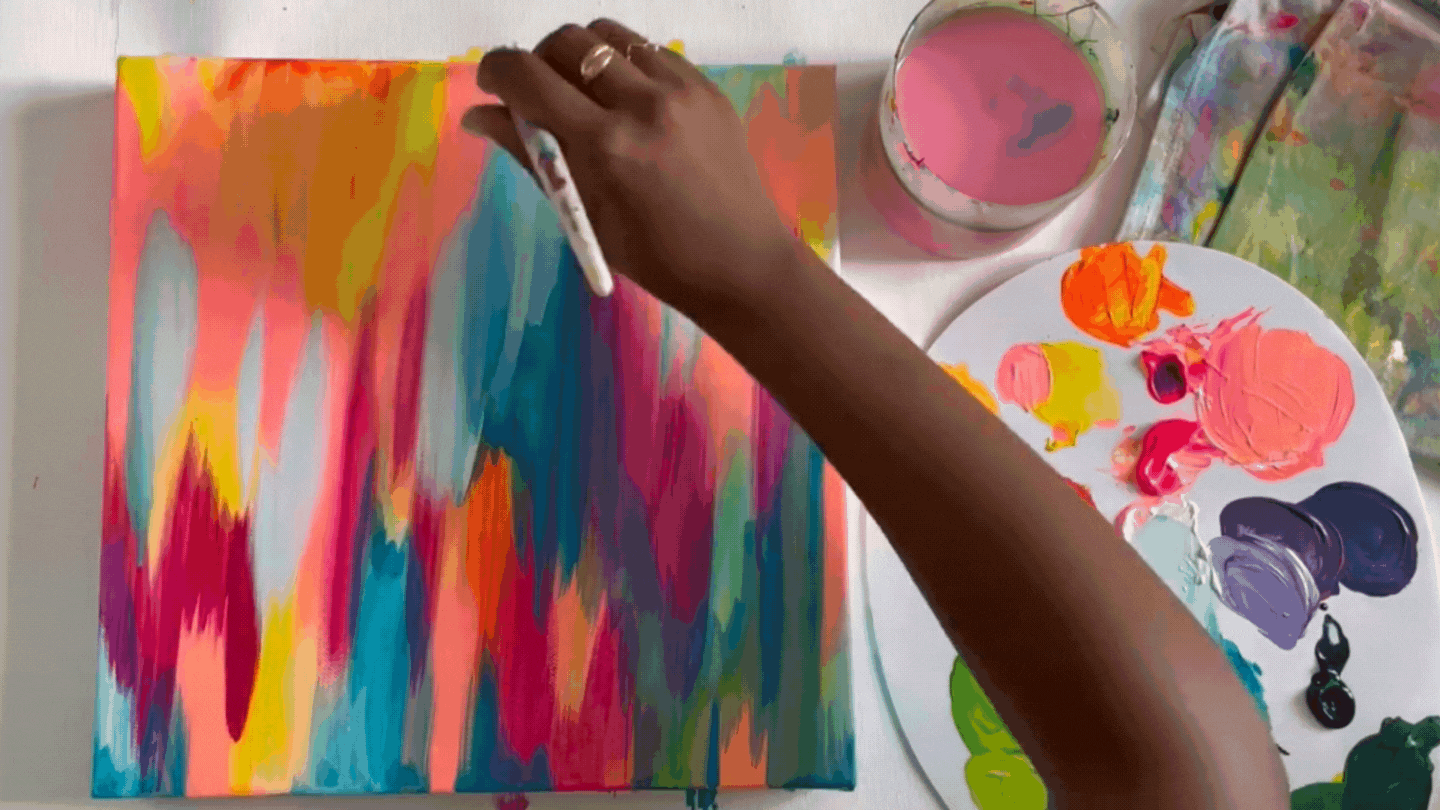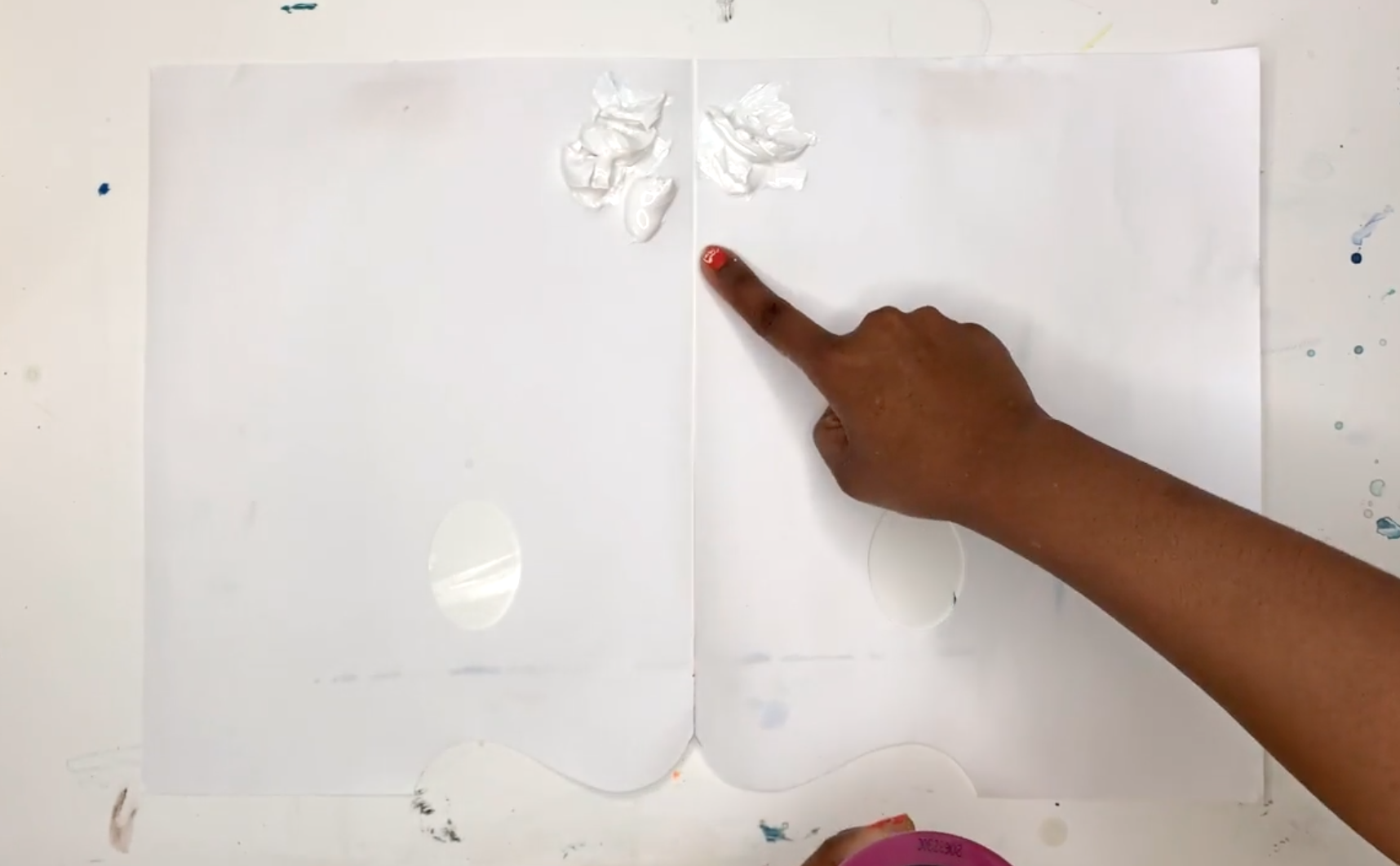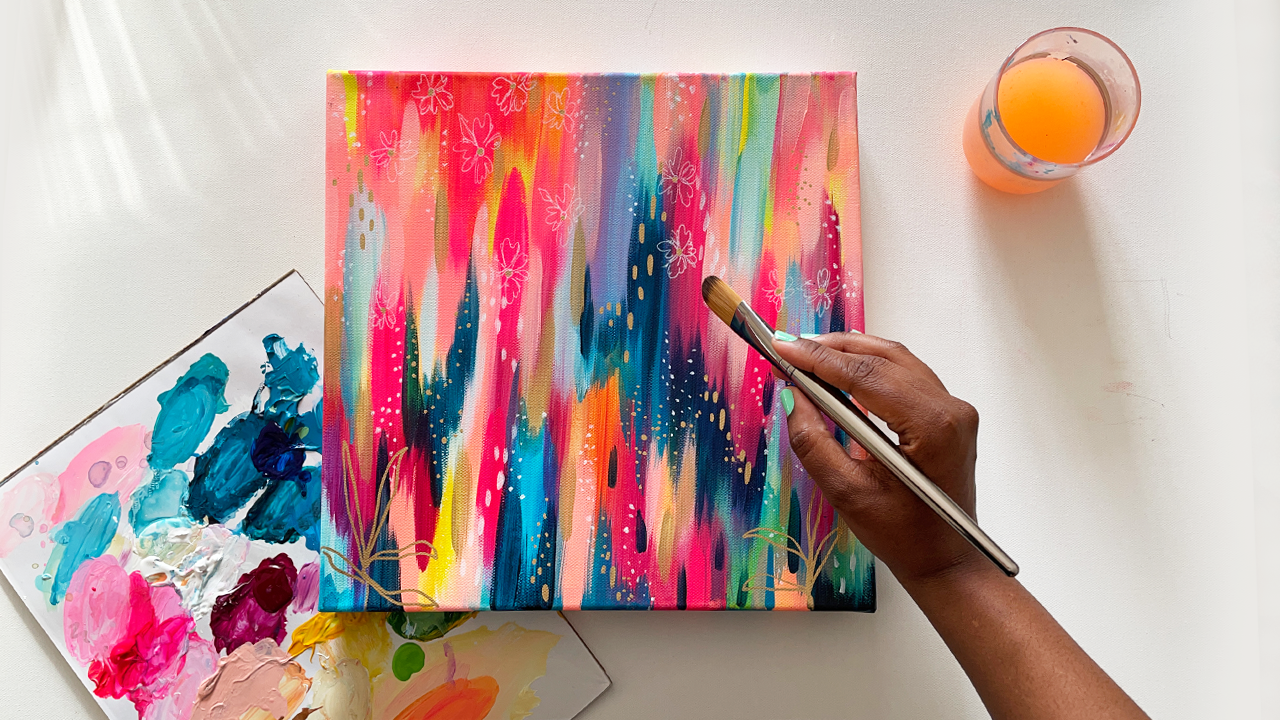How to Make Acrylic Paint More Opaque
Ever wondered how to make your acrylic paint more opaque? There are some acrylic pigments that are naturally going to be more transparent than others. Yellow is a great example of this.
You’ll likely run into this issue no matter what level of acrylic paint you use. Even the highest-grade paints on the market have some transparent colors just due to the nature of the pigment needed to create that color. But there are a few simple tricks I’ve picked up to help make those transparent acrylic paints pop.
Add White
My go-to technique for making acrylic paint more opaque is to add a bit of white to the transparent color. I specifically use Titanium White since it’s the white color with the most opacity. My favorite brand of acrylic paint is Liquitex, but you can find Titanium White in most major acrylic brands.
Adding white will alter the tint of your original paint color slightly, but just add it a little bit at a time so you can control the color you’re creating and keep it as close to the original color as possible.
You can also play with adding more of the original color back to the mixture after you’ve added white. This can bring it closer to the original hue without losing the extra boost of opacity from the white.
Work in Layers
One of my favorite things about acrylic paint is that it dries quickly. This allows me to paint with lots of layers in my abstract compositions. Painting a transparent color on top of a lighter layer can really help it pop. Additionally, you can paint over the transparent color a few times to increase the opacity even if it’s on a darker background.
Hot tip! If you need your layers to dry even more quickly you can go over the area with a hair dryer to speed up the drying time.
Use a Dry Brush
Sometimes in my acrylic paintings, I add water to my brush to create more of a wash effect. This is a great technique if you’re working on a background layer or something with more of a watercolor feel to it, but water ultimately increases transparency.
So if you’re going for a matte look with your paint, be sure to use a completely dry brush so you’re not accidentally increasing the transparency of your paint.
Use Heavy Body Acrylics
I’m a big believer in using what is accessible to you. Creativity shouldn’t have any barriers, so if the easiest supplies for you to grab are craft paints from the back-to-school aisle, then you do you, boo!
That said, some of those craft acrylics or student-grade paints can be more transparent. If you’re really looking for more opacity in your paints, it’s worth checking out some heavy-body acrylics. I use Liquitex Heavy Body in my professional paintings, and I love the thick coverage that they give me.
This isn’t a requirement since you can still get great coverage from all kinds of acrylic paint, but I wanted to throw it in there if you’re interested in trying out some supplies with more “oomph!” You can see in this photo that this Titanium White Heavy Body paint is quite thick and goopy!
I hope that this short and sweet tutorial was helpful!
If you want to learn more about my painting process, join me in my Skillshare class, Joyful Abstracts with Acrylic Painting! In this class, I share my step-by-step painting process. I’d love for you to join me and create your own Joyful Abstract! If you’re new to Skillshare you can enroll in the class for free! Plus you’ll get a free month trial of Skillshare so you can check out all of the amazing creative classes on the platform.
Pin this post for later! 📌
Hover or tap on this image and click the “Save” button on the top left!







